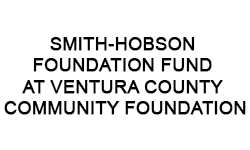Symphonic Adventures 2021
PASSPORT TO RHYTHM
This is an online version of New West Symphony’s Symphonic Adventures program. Students will explore the music and culture of Japan, Mexico, and Cuba with the opportunity to play traditional rhythms using their voices, hands, and feet. Students, Teachers, and parents can create their own rhythmic instruments and try them out on the rhythms they have learned.
Rhythm can be heard everywhere, whether it is windshield wipers flapping, a clothes dryer humming, footfalls on pavement, or a cook stirring a pot. Rhythm is a pattern of sounds and silences and when you hear it, you are also hearing music.
To make rhythmic sounds, cultures around the world have created hundreds of percussion instruments depending on the resources locally available and the traditional purposes of their music. From dried plants to bones to animal hides to tempered metal, a variety of materials have been utilized to elicit interesting sounds.
AGE: 3rd grade and up
Education Goals:
-
- Students will learn how musicians make meaningful connections to societal, cultural and historical contexts by exploring the music, instruments and rhythms from different cultures and countries (MU:Cn11)
- Students will learn how individuals choose music to experience by exploring how music in different cultures is influenced by interests, experiences and purposes within the community. (MU:Re7.1)
- Students will learn how the creative ideas, concepts and feelings that influence a musicians’ work emerge from a variety of sources by improvising with rhythmic ideas within a given meter on a homemade instrument. (MU:Cr1)
- Students will learn how the structure and context of musical works inform performance and can create a sense of community by performing rhythmic patterns and improvisations together. (MU:Pr4.2)
- Students will learn Social Studies/Geography concepts from Japan, Mexico, and Cuba
[ninja_form id=’2′]








